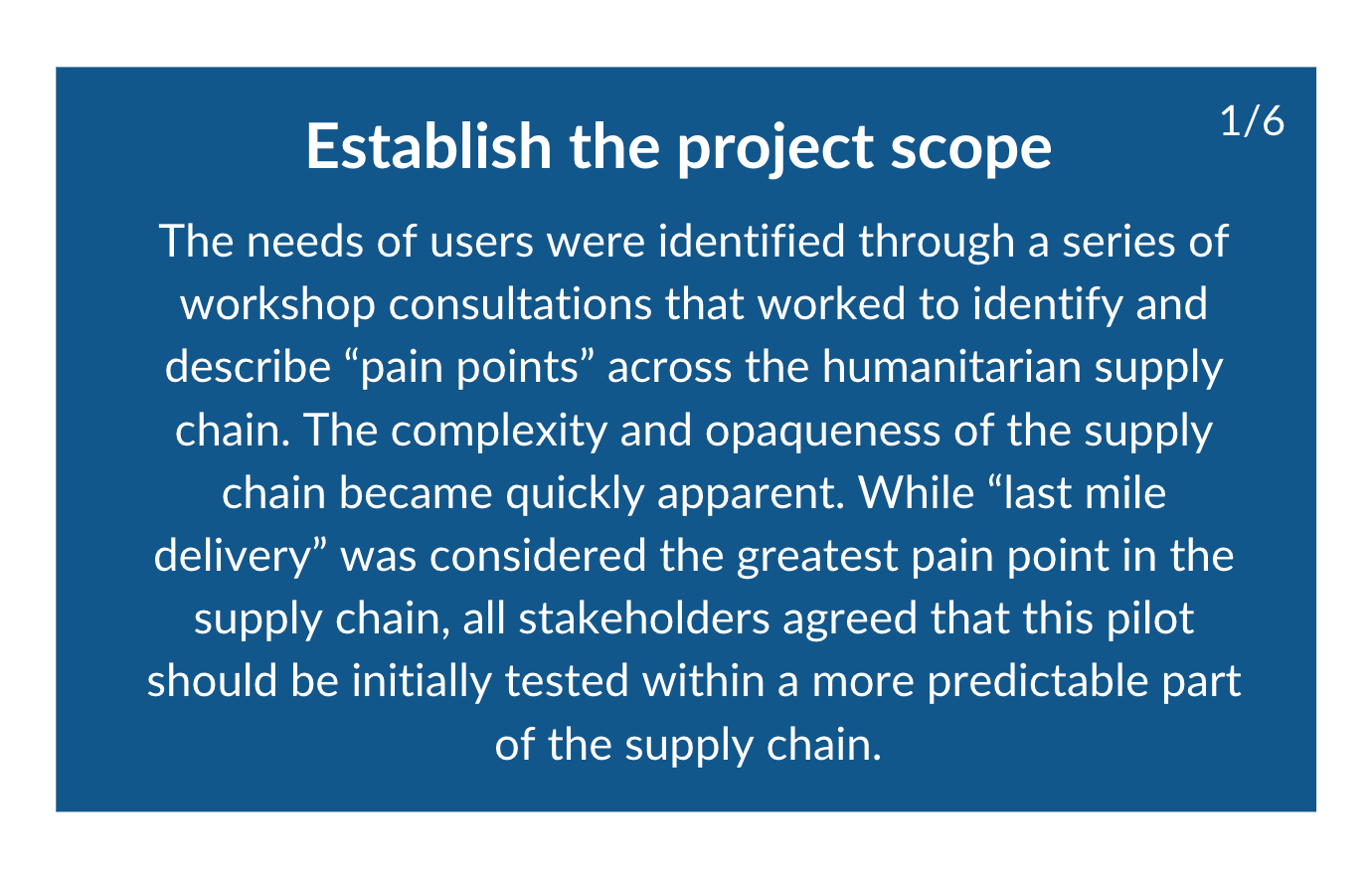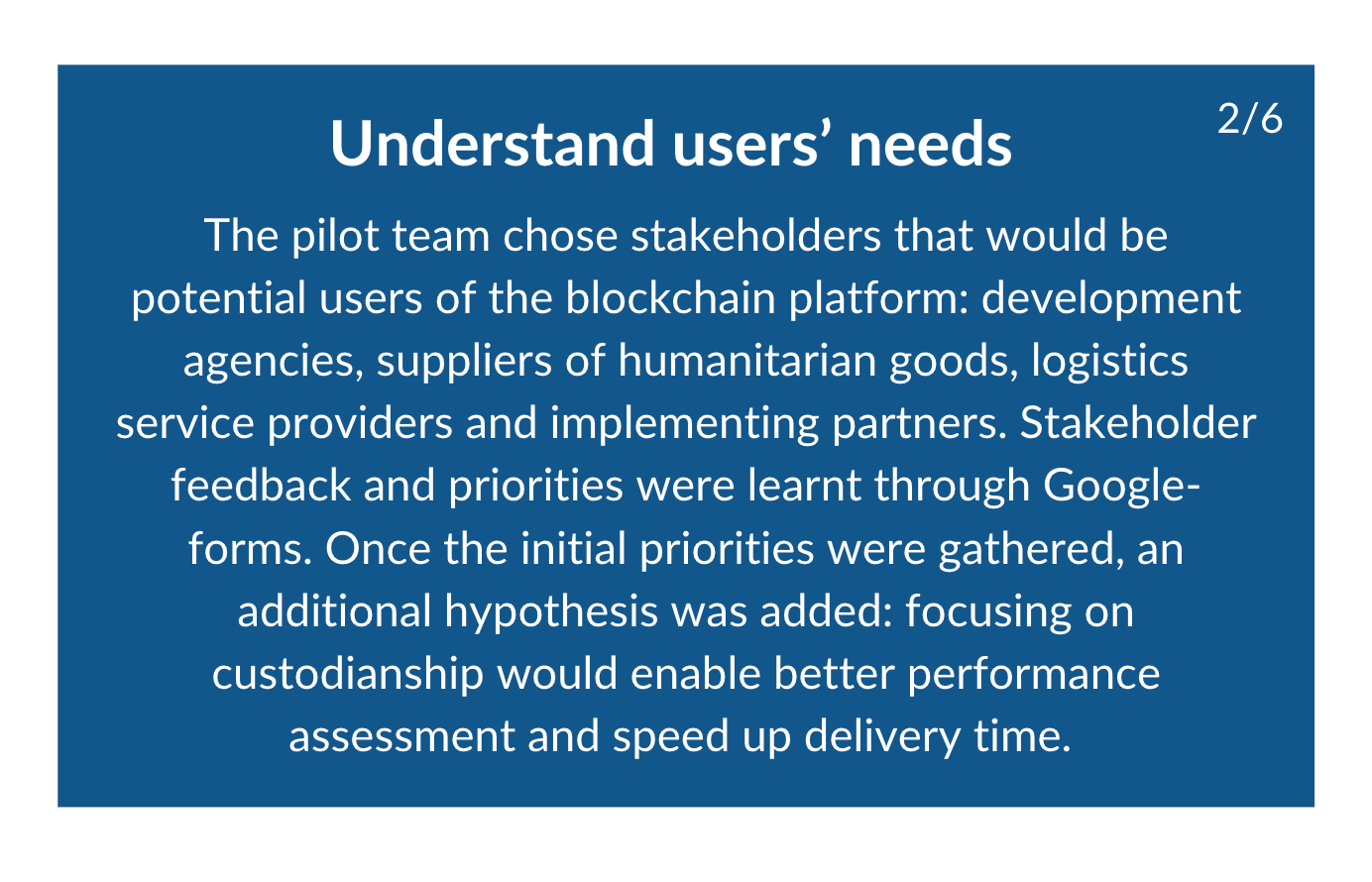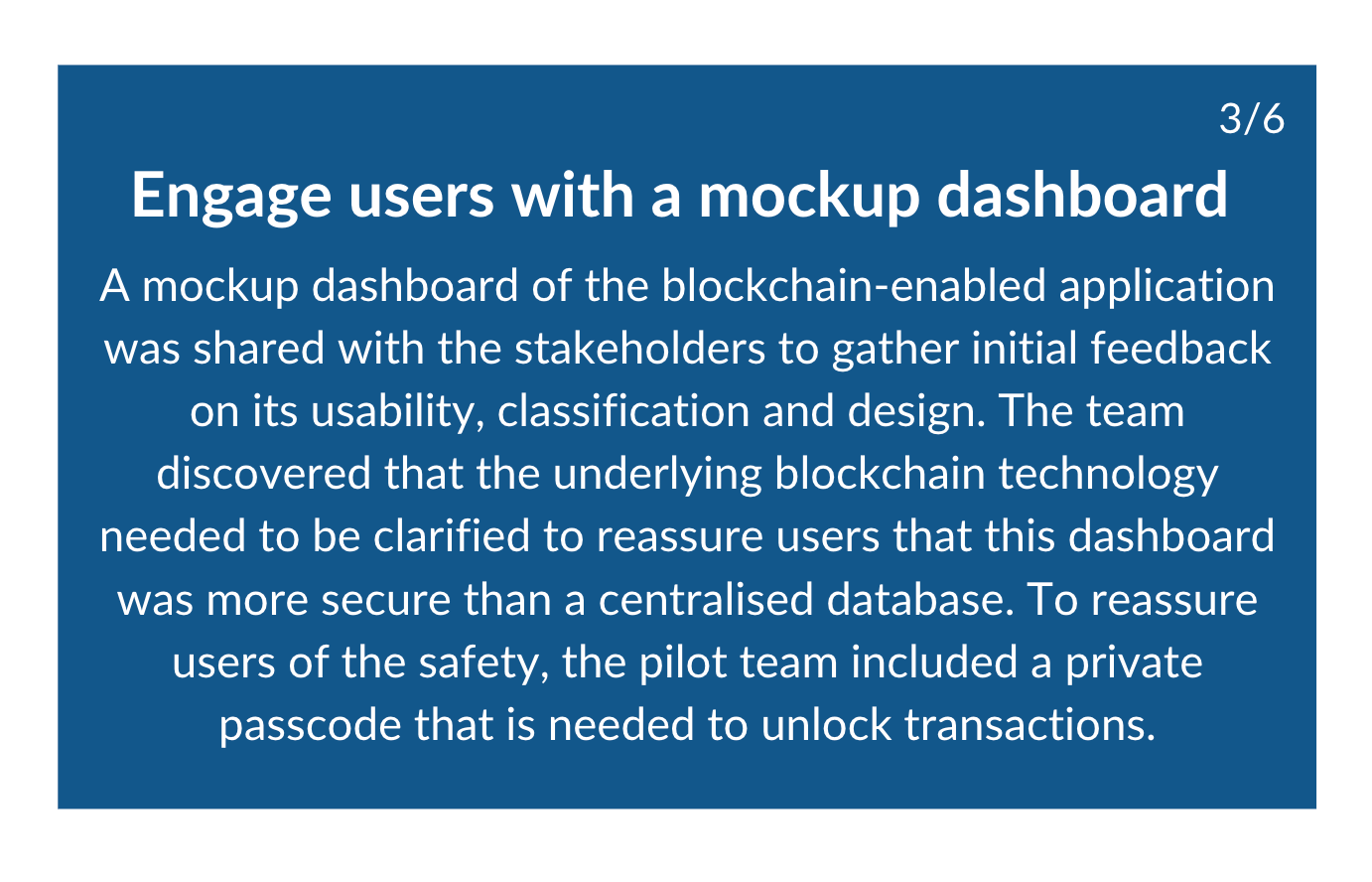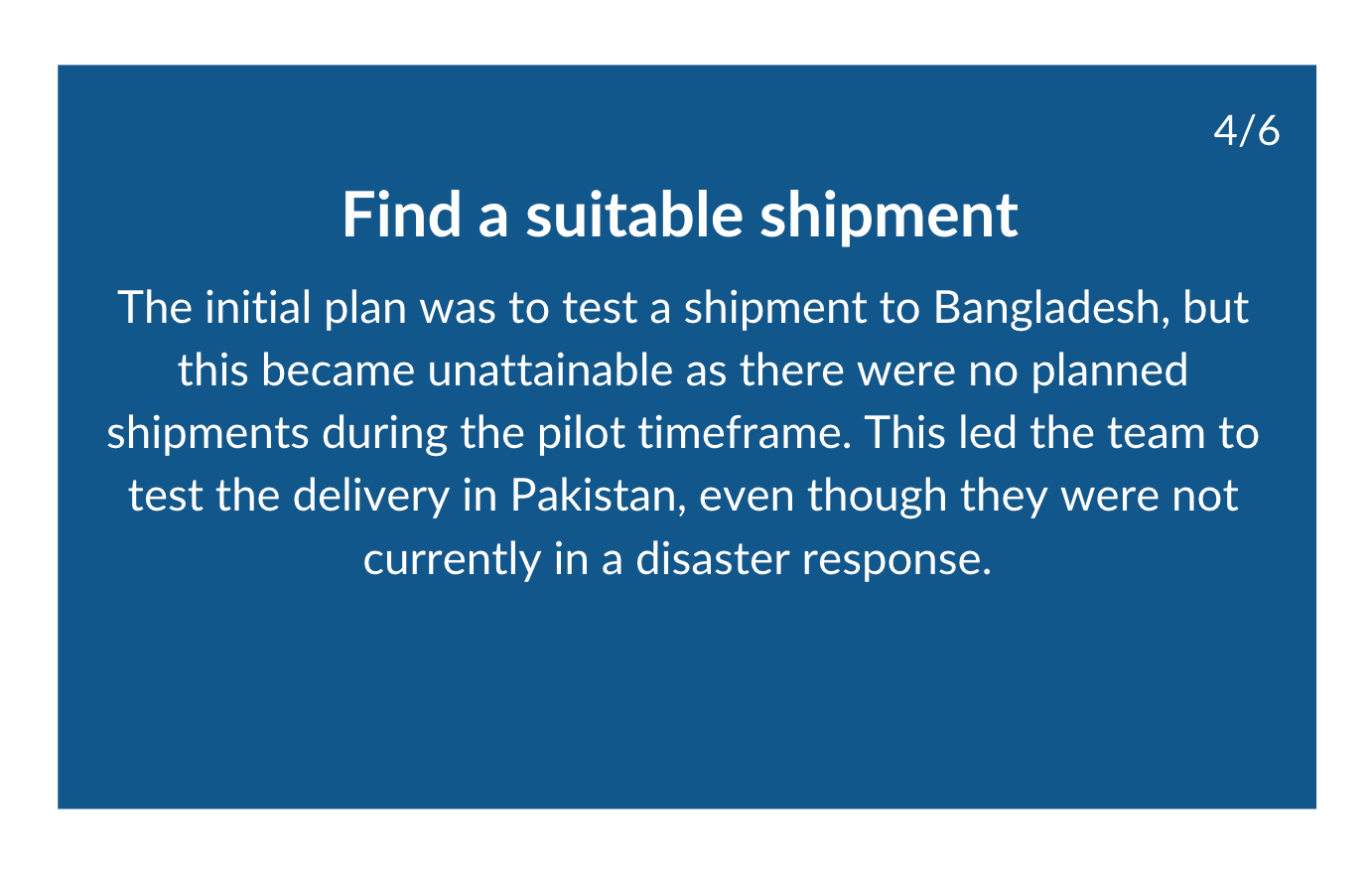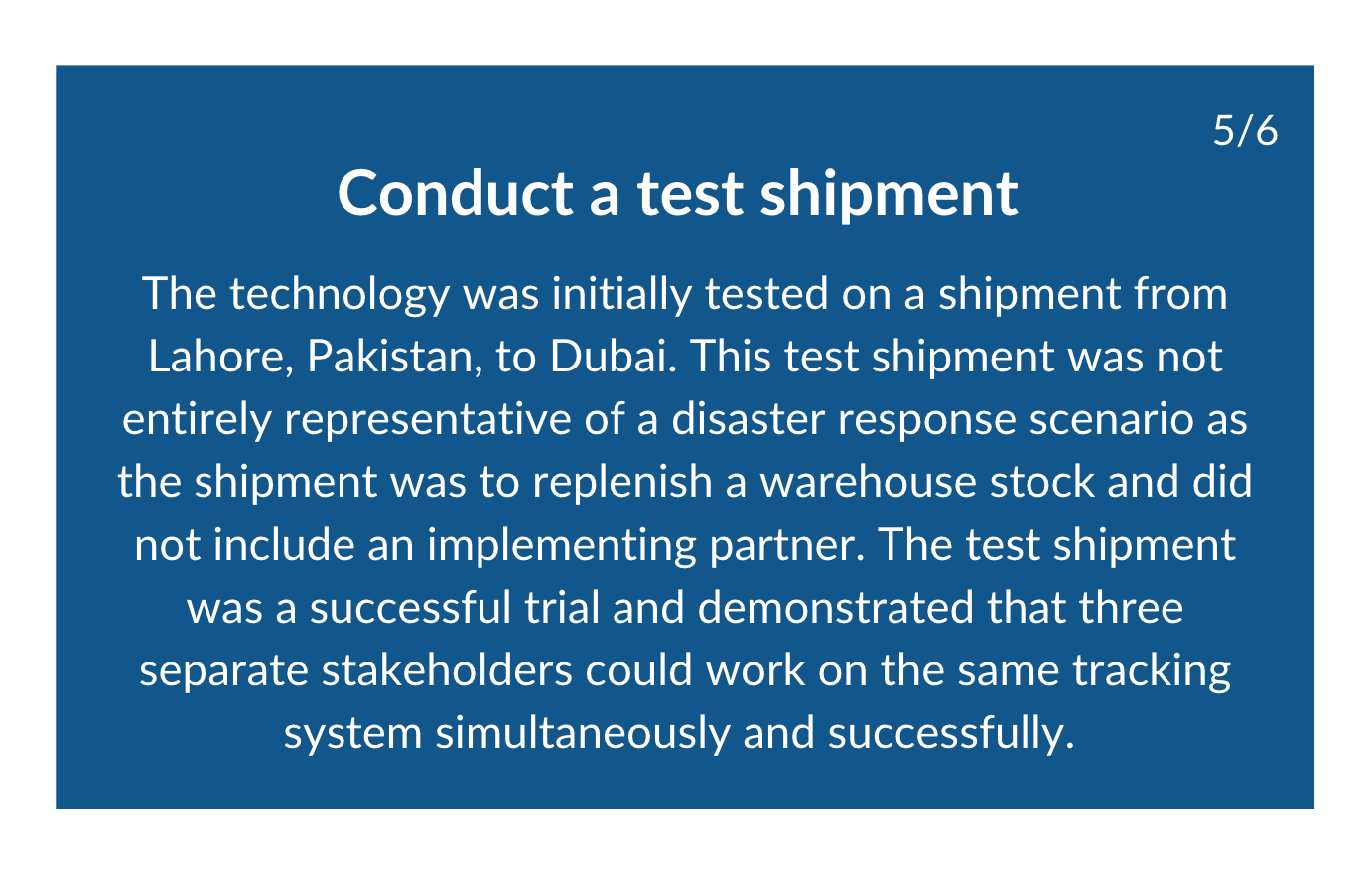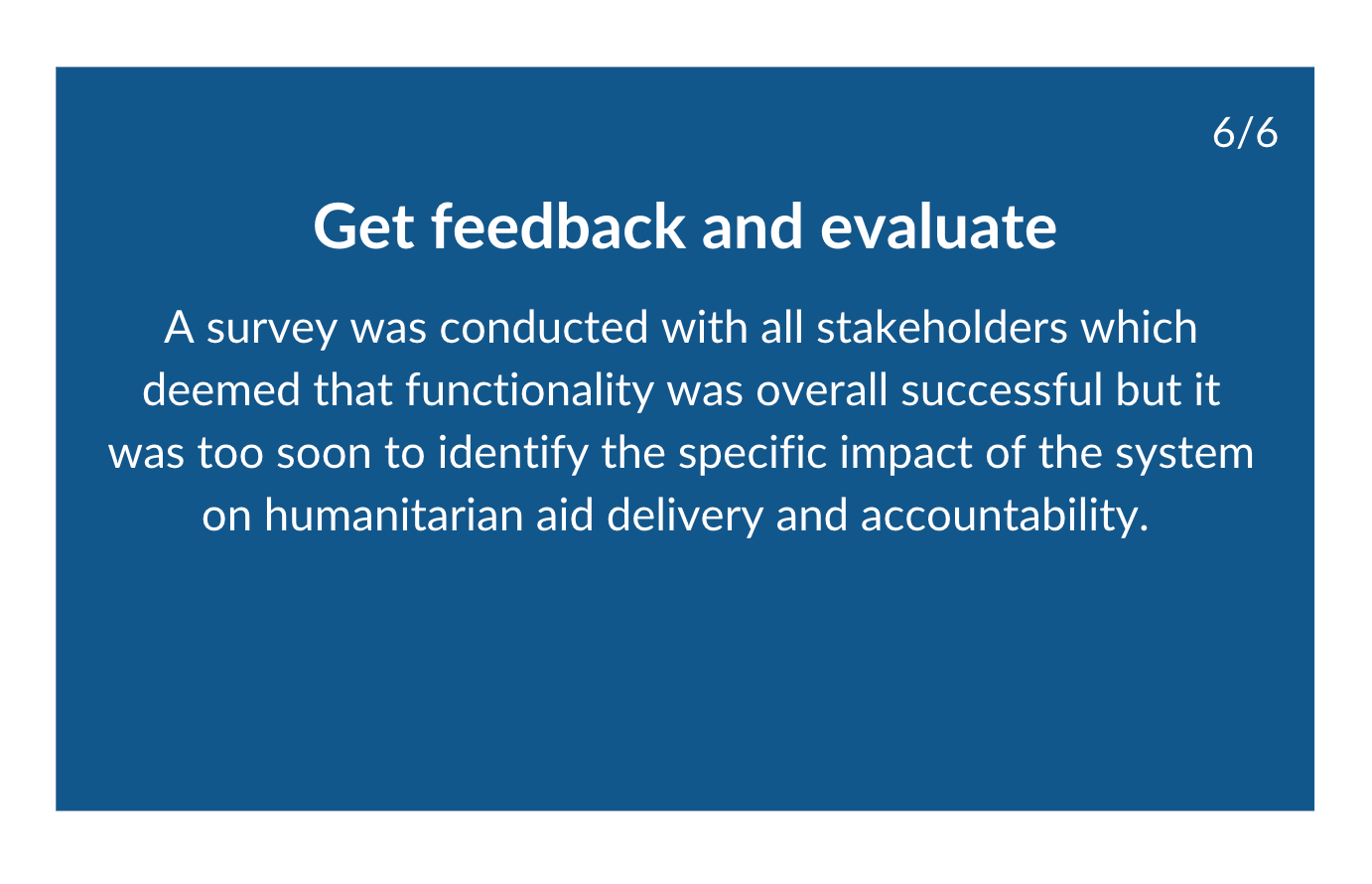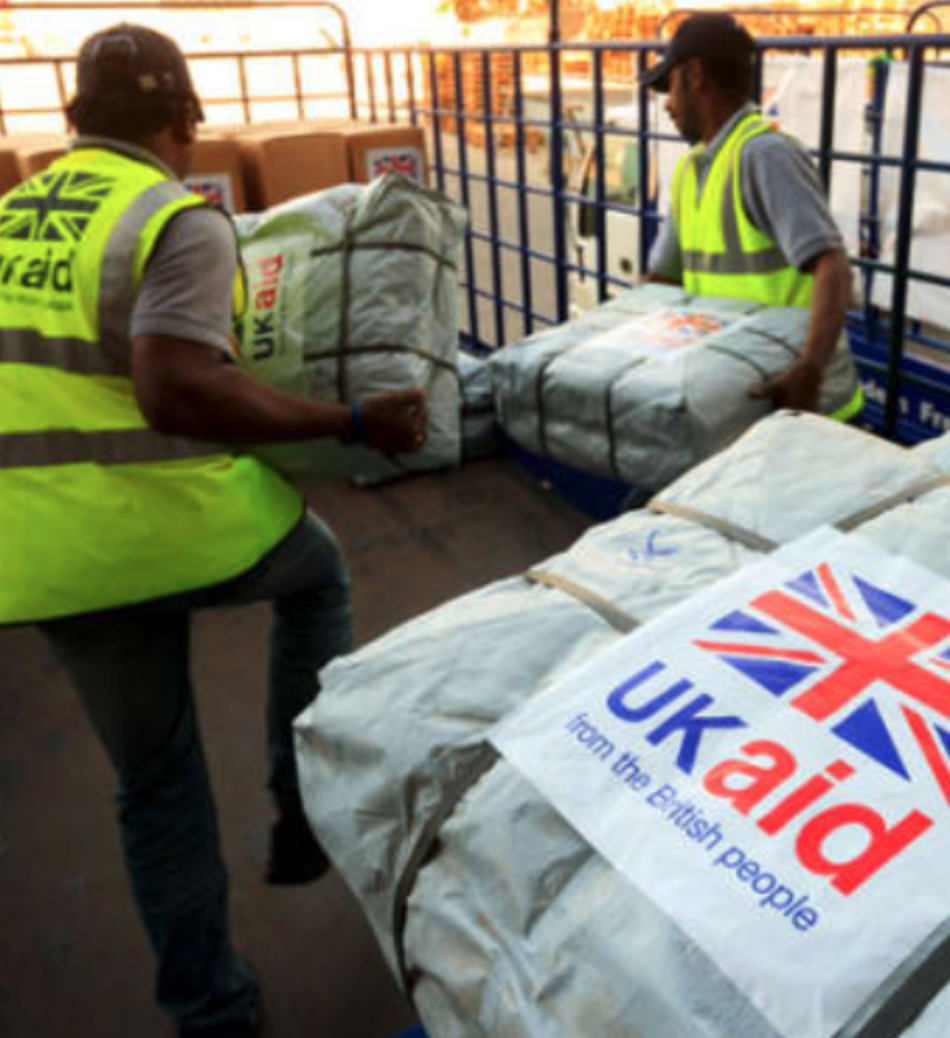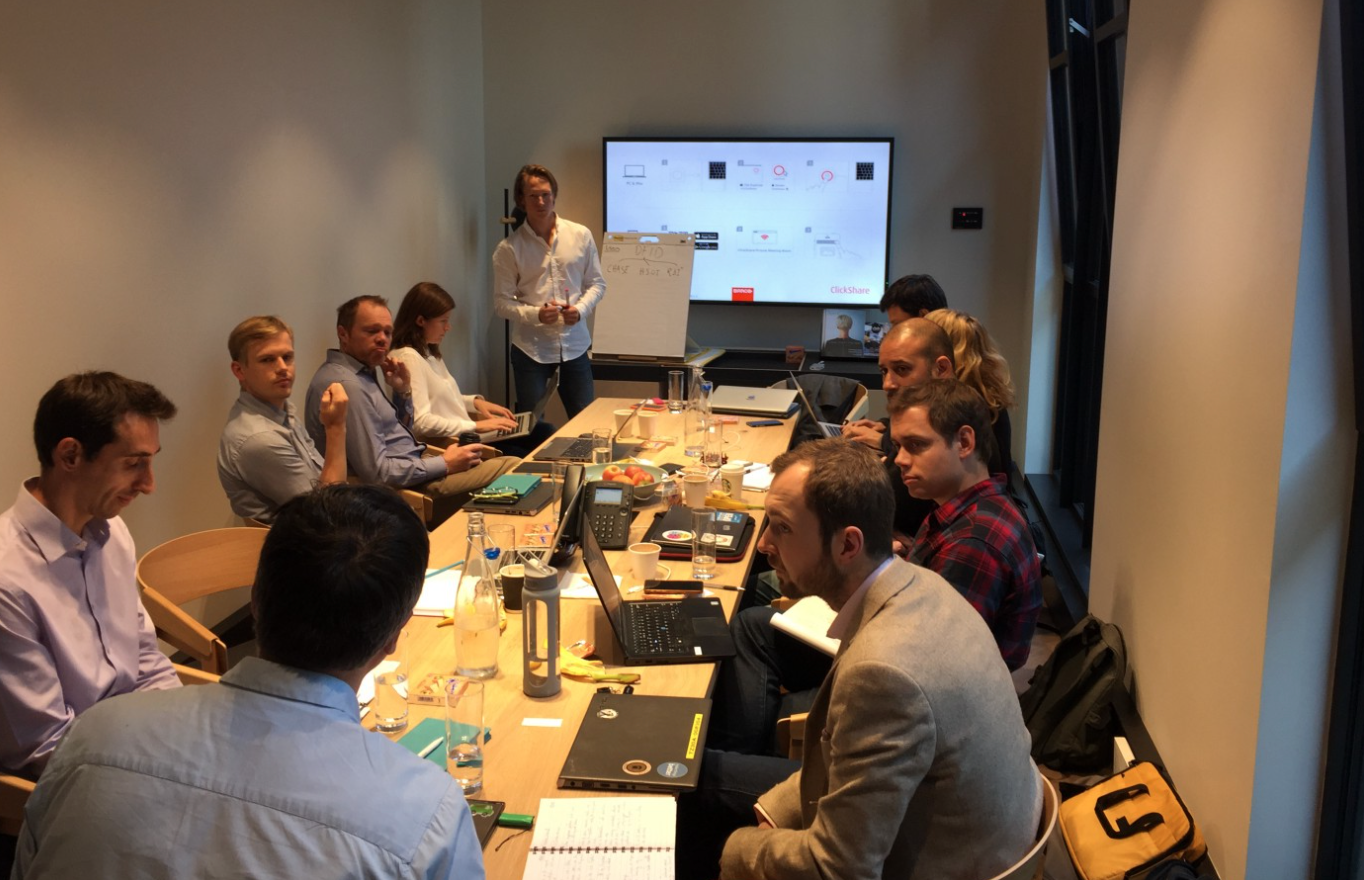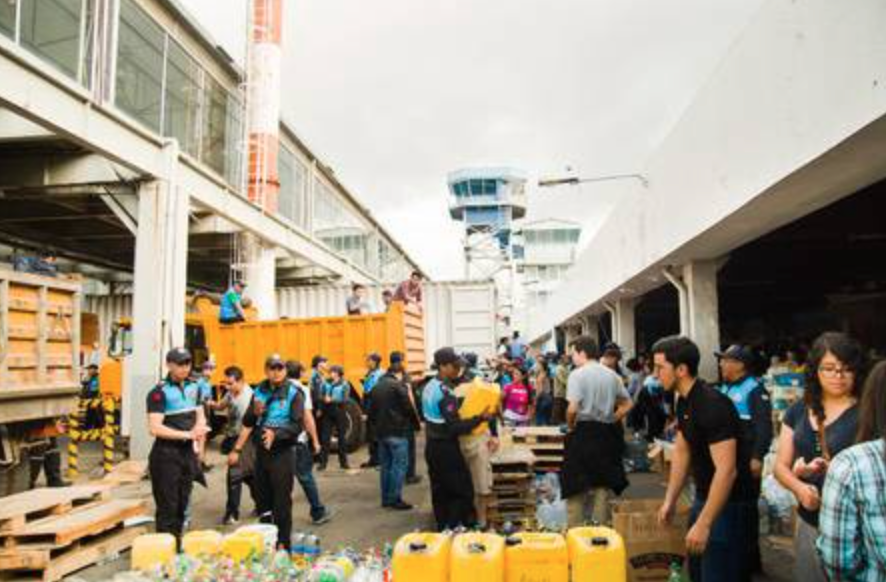Blockchain Technology for the Humanitarian Supply Chain
Can distributed ledger technology help to improve the transparency of the humanitarian supply chain, allowing for more responsive management of the aid system?
LOCATION | Bangladesh & Pakistan
SECTOR | Humanitarian Aid
TECH | Blockchain
TIMELINE | June 2017 - November 2019
PIONEER | Dan Lihou
PARTNERS | Datarella, PA Consulting
The Challenge
Humanitarian supply chains are notoriously tricky to understand and manage. A large variety of agencies handle humanitarian aid delivery, each with their own systems, data sets and processes. This leads to a lack of end-to-end visibility, leaving the supply chain fragmented, wasteful and open to corruption. The current system is incredibly inefficient and more than 60% of aid budgets is spent on logistics. There is a need to improve collaboration between development actors to make the system more transparent and efficient.
The Idea
Blockchain technology can be utilised as a solution to the lack of data consensus and collaboration between humanitarian aid actors. This tech can provide real-time tracking of goods and remove the paperwork and costs associated with tracking humanitarian goods. The expected results of a blockchain-enabled platform is an increase in transparency, efficiency and collaboration among the supply chain.
The Scaling Journey
What we learned
This pilot demonstrated that using a private permissioned blockchain is successful in the humanitarian aid context as it emphasises accountability: who has responsibility for shipments and how can this information be trusted. This technology has potential for development agencies to standardise their activities into one system.
Stakeholders in humanitarian aid are incredibly busy and there were difficulties in getting them to engage with and test new solutions. This difficulty in engaging partners raises questions around successful deployment of the technology as it scales. Incentives to use the technology need to come from the agencies that initiate humanitarian aid.
If more stakeholders were to buy into this centralised platform, there will be a need for systems-wide rules and governance structures that need to be addressed.
The knowledge of blockchain was less widespread than expected in humanitarian aid actors. Explaining the specific blockchain architecture and its security benefits are needed to engage potential partners.
All photos on this page were taken by the pilot’s implementing partners, Datarella and PA Consulting. What happened next?
After the pilot ended, the research team engaged with the World Food Programme (WFP) on a joint goods shipment proposal.
Read more
Explore the step-by-step journey of the pilot – Pilot Story
Learn more about the pilot’s initial scoping phase —"Blockchain pilot for Humanitarian Aid distribution underway"
Read about the blockchain workshops that informed the Proof of Technology (PoT) — First steps towards a PoT
Learn more about challenges in humanitarian supply chains — How blockchain can help tackle humanitarian supply chain challenges
Read about the successes and challenges the pilot team faced — “Some successes and challenges during humanitarian aid Blockchain pilot”
Read more about testing the blockchain and gathering feedback from users — “From Pakistan to Dubai — Testing Track & Trust, the Blockchain for Humanitarian Supply Chain”



